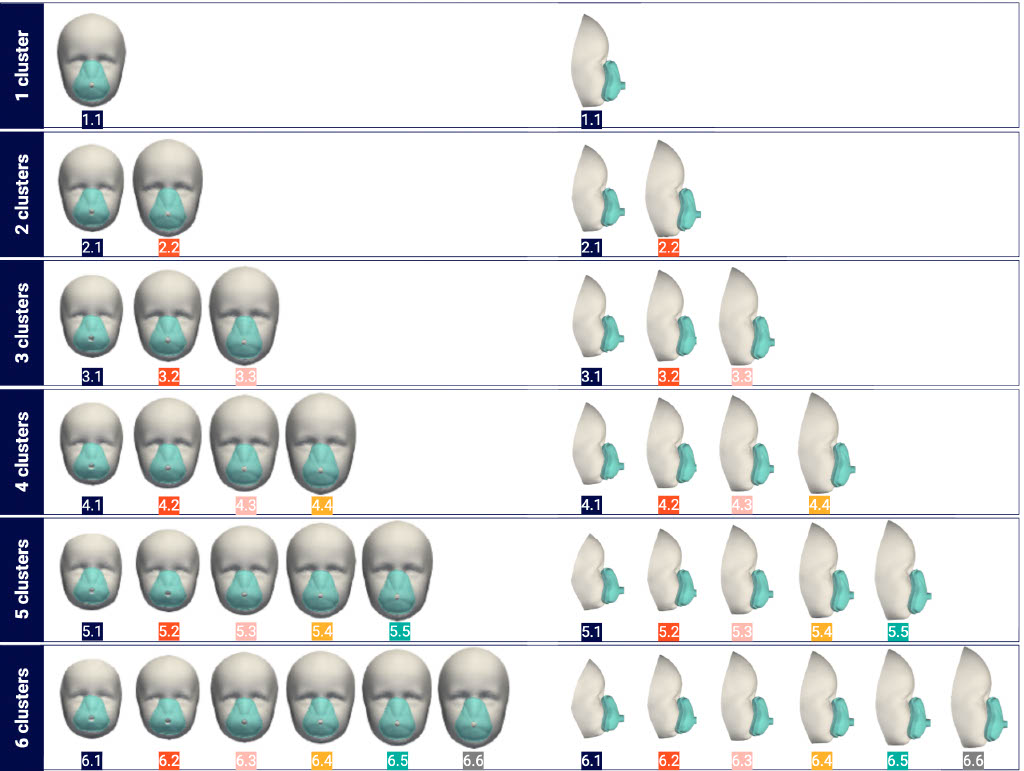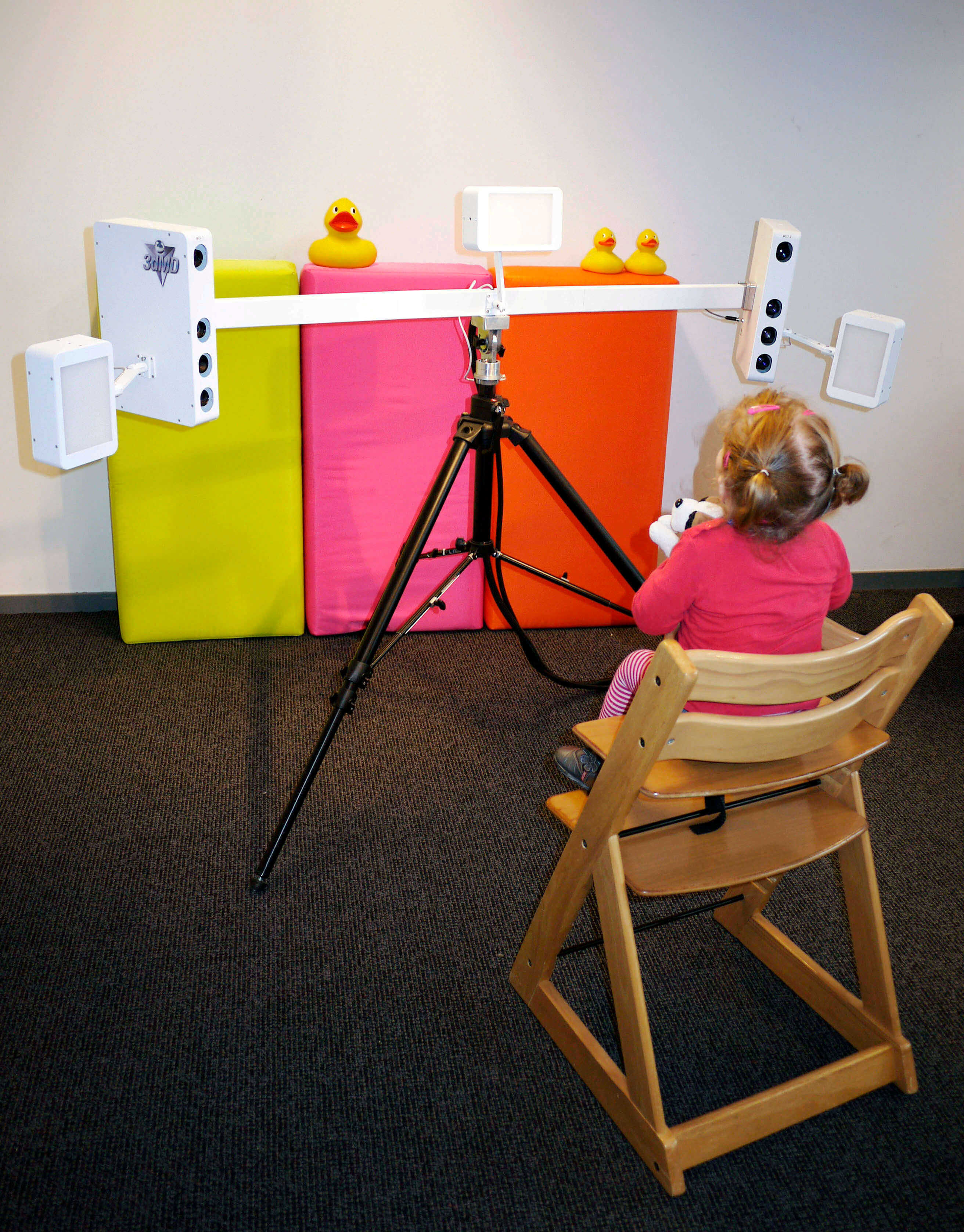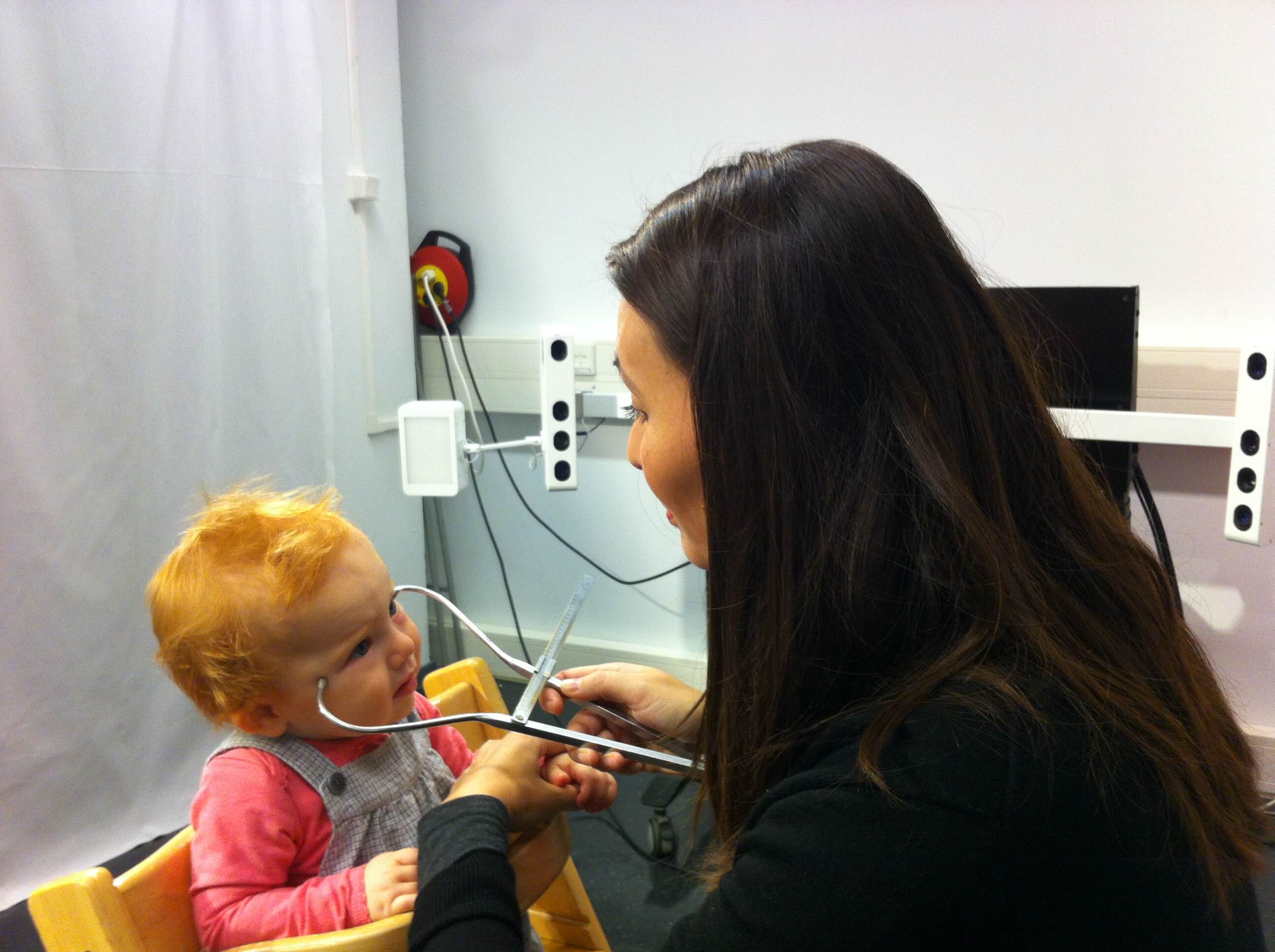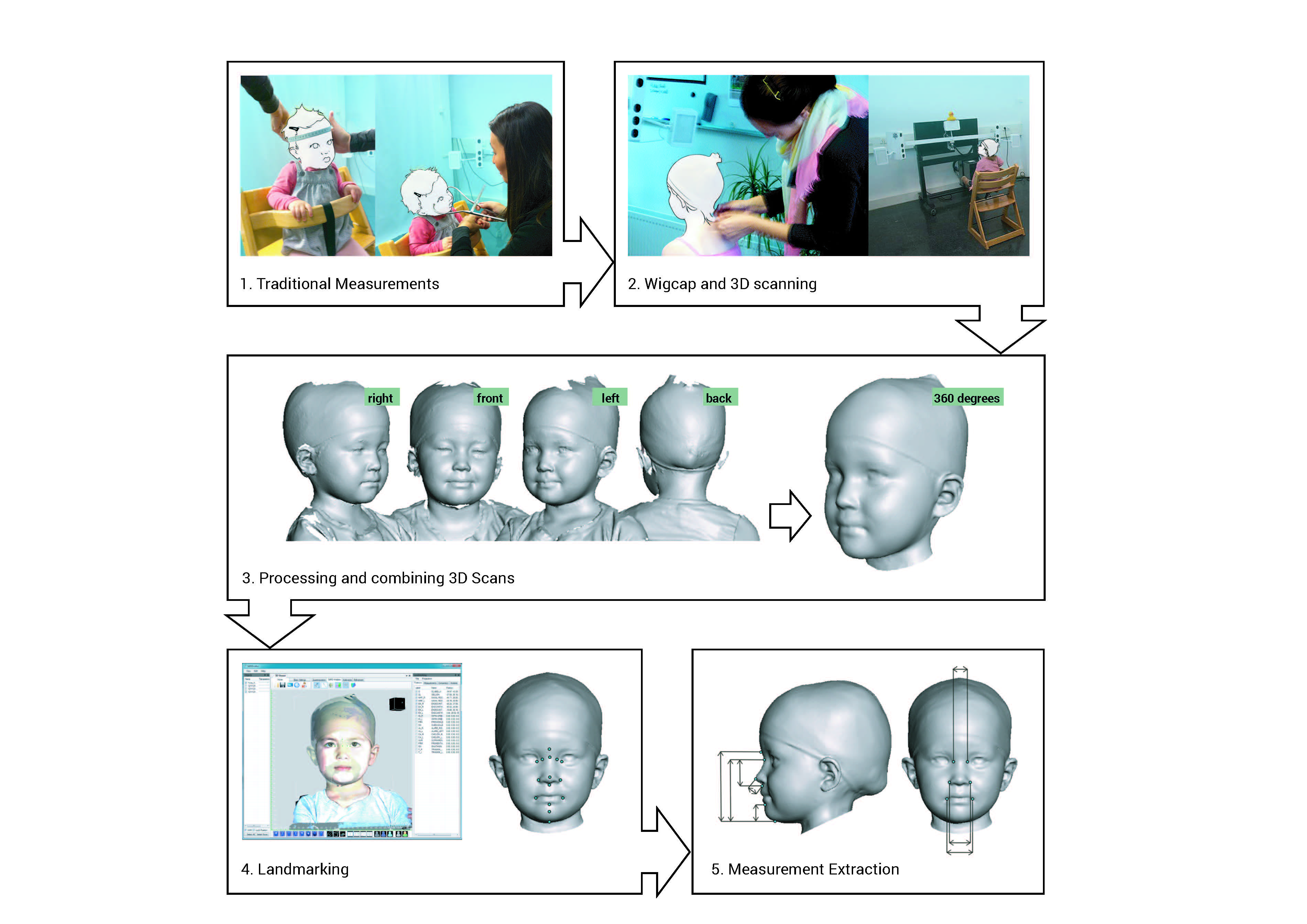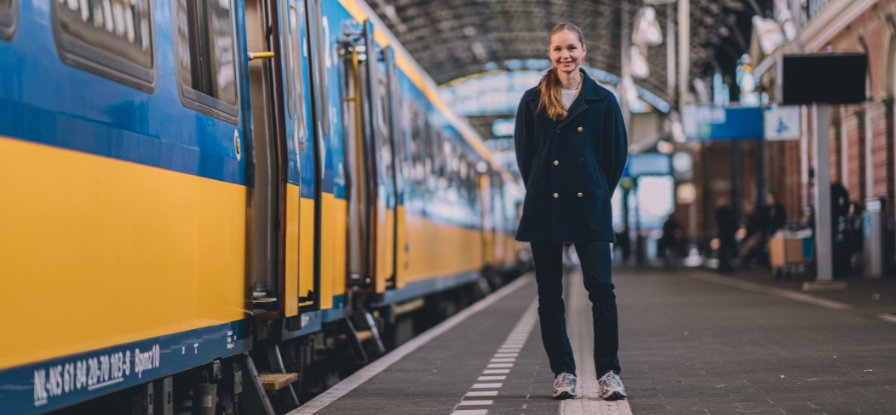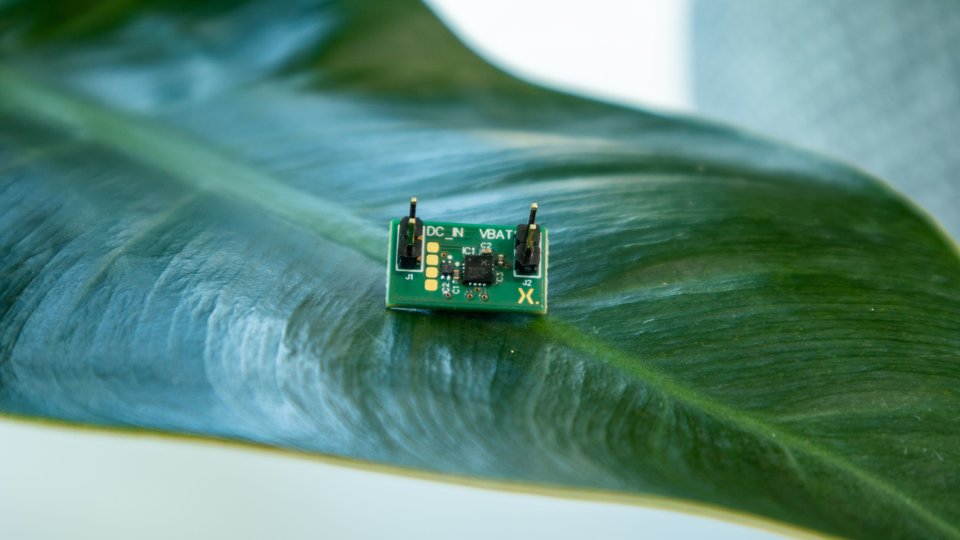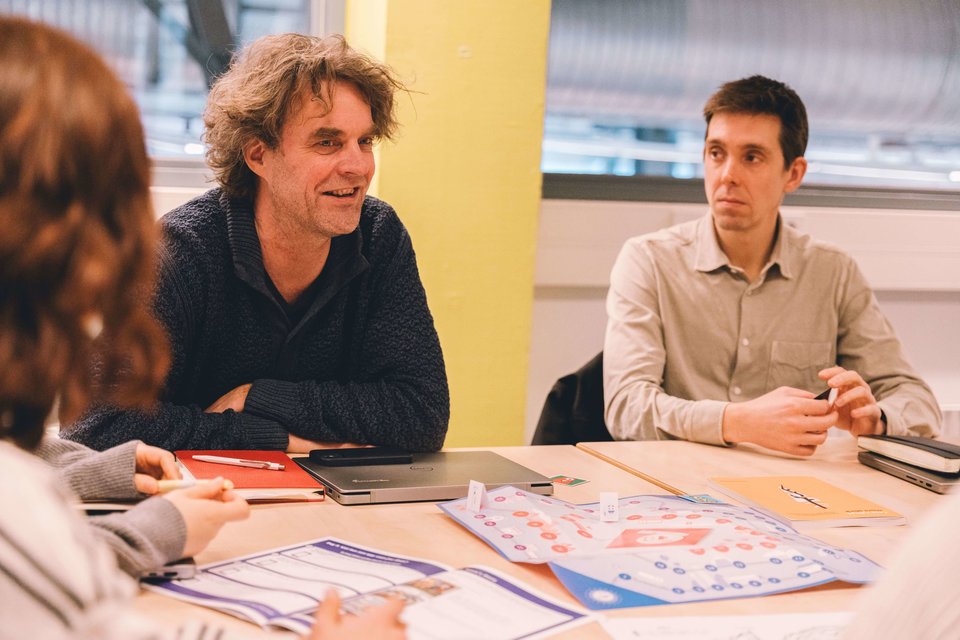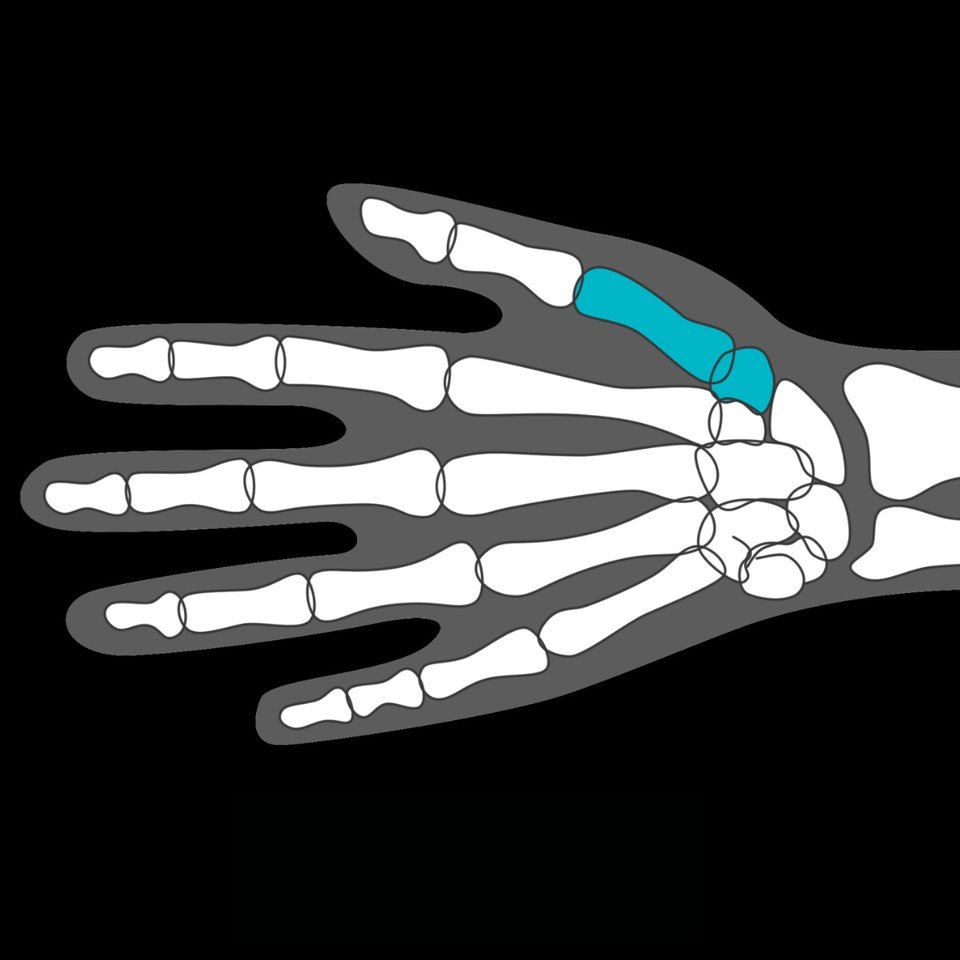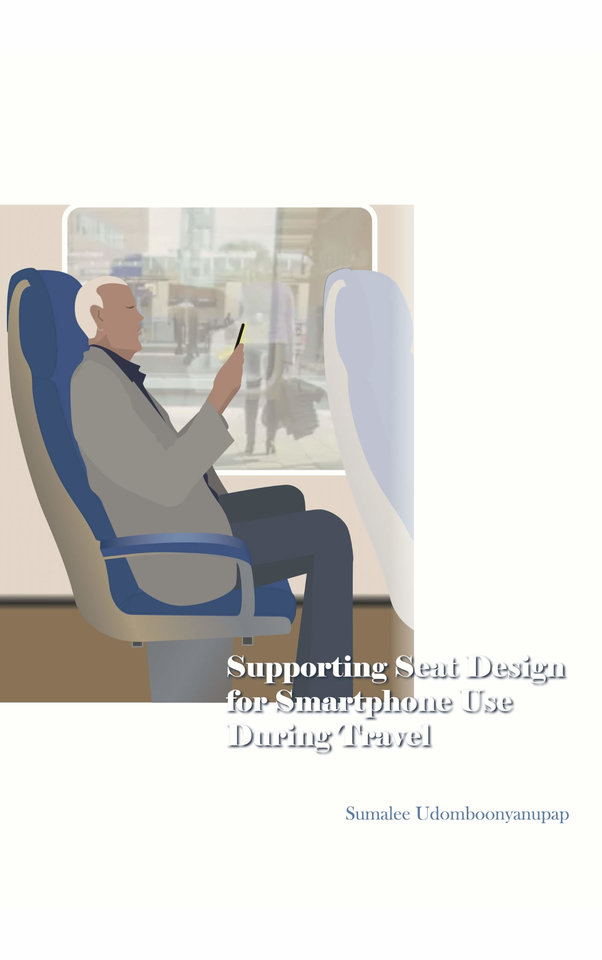Designing a good fit starts with data
A good fit is desirable with lots of products, but it’s especially important when it comes to something like a ventilation mask for young children. However, it’s hard to design a close-fitting mask without relevant anthropometric data. For her PhD, Lyè Goto collected and analysed a unique and detailed 3D dataset that can support designers in achieving better product sizing for masks and other potential applications.
Not the ideal fit
The idea for Goto’s research started years before her PhD, when an IDE bachelor’s student noticed something while doing a project at Erasmus MC Sophia Children's Hospital in Rotterdam. He discovered that for children between the ages of zero to six years, there was no suitable ventilation mask. At the time, the hospital was adapting a nasal mask made for adults by adding holes to achieve a certain type of airflow. This was not ideal due to the heavy weight of the mask. In addition, an improper fit can be uncomfortable as well as lead to treatment failure.
With a background in medical design and an interest in children's projects, Goto was guided by this need for a mask that fits closely to the face but also by the lack of anthropometric data necessary to design such a mask. In general, anthropometric measurements like height, weight, and head circumference are used for the purposes of understanding human physical variation. For designers, accurate and detailed measurements are essential for optimising fit and function for products that require a close fit.
Dealing with data
Recent advances in 3D imaging technologies have made anthropometric data collection faster, with higher accuracy and reproducibility. Using a portable 3D scanner, Goto collaborated with local schools and health centres to both scan and take physical measurements of the faces and heads of more than 300 children.
As it turned out, that was the easy part. “I ended up with this really complex 3D data that needed editing and processing, and there were so many things that I didn't know or envision beforehand,” she said.
As a designer, Goto always held a vision of the mask in her mind, but creating one would not be possible without being able to extract relevant data from the complex set she had collected. 3D data is not ready to use immediately after collection given that the raw data needs formatting and processing. Luckily, collaborating with others helped her take the next steps.
Goto worked with a visiting Korean postdoctoral researcher experienced with 3D head/face data in the application of mask design for Korean air force pilots. She also worked closely with IDE Assistant Professor Toon Huysmans, who has a background in computer science. Through these collaborations, she was able to explore how the 3D data can be analysed, visualised, and used for design purposes.
As a designer, Goto always held a vision of the mask in her mind, but creating one would not be possible without being able to extract relevant data from the complex set she had collected. 3D data is not ready to use immediately after collection given that the raw data needs formatting and processing. Luckily, collaborating with others helped her take the next steps. Goto worked with a visiting Korean postdoctoral researcher experienced with 3D head/face data in the application of mask design for Korean air force pilots. She also worked closely with IDE Assistant Professor Toon Huysmans, who has a background in computer science. Through these collaborations, she was able to explore how the 3D data can be analysed, visualised, and used for design purposes.
Range of applications
Having developed a unique set of data, Goto wanted to explore the possibility of applying it, specifically to a mask design. At the same time, different companies and research institutes started reaching out to her because, as she said,
This led to a collaboration with a team working on a ventilation mask for use in the ICU in Amsterdam, which eventually resulted in a follow-up PhD project. In another case, a company that develops bicycle helmets for children also made use of her data. “Fortunately, there are all kinds of applications for this dataset,” she said. “And that is one of the nice things of working at TU Delft, that companies actually look at the research that’s being done and want to make use of it.”
In the end, Goto did not develop a ventilation mask herself, but came up with some recommendations about sizing systems and how to apply her data in the design of a mask and other products. She noted that another result of her work that is rewarding is that all her data is accessible through TU Delft’s DINED anthropometric database, making it easy for others to use.
Continuing the work
Though the PhD is finished, Goto continues to build on her research. Together with other TU Delft colleagues and students, she is working on kidsCAN, a project for the European Committee for Standardization. It involves full body measuring and 3D scanning 1800 kids in The Netherlands, aged 0 to 16 years old. The resulting data will be used to improve international standards in Europe and create better fitting products that children use everyday, like helmets, seats, and toys, as well as make spaces, like playgrounds, safer for them. Goto also works on other TU Delft projects called fieldlab UPPS, a collaboration with small to medium sized industry partners interested in creating ultra personalised products and services and Next UPPS, an interdisciplinary collaboration between three technical universities (Eindhoven, Twente & Delft), Dutch manufacturing industries, and design studios to generate knowledge, tools and methods for the development of ultra personalised products.
The PhD journey led Goto in a direction that she didn’t anticipate, but now appreciates. “As a designer, if you don't know what computer science is capable of, it limits you. So it's really this collaboration that makes it work. Working with this kind of data was so out of my comfort zone, but now having defended it and seeing what I've done, I'm really happy that I got to this point.”
Lyè Goto
- L.Goto@tudelft.nl
-
Room B-2-280 StudioDream
"Ame ni mo makezu. Kaze ni mo makezu …" - Miyazawa Kenji
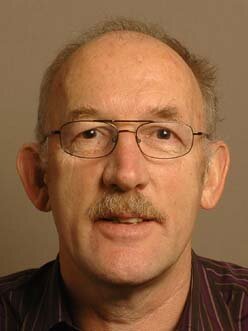
Johan Molenbroek
- +31 (0)15 27 83086
- J.F.M.Molenbroek@tudelft.nl
-
Room C-2-170

Richard Goossens
- +31 (0)15 27 86340
- R.H.M.Goossens@tudelft.nl
-
Room C-3-140
"In the end there is a solution for everything."

